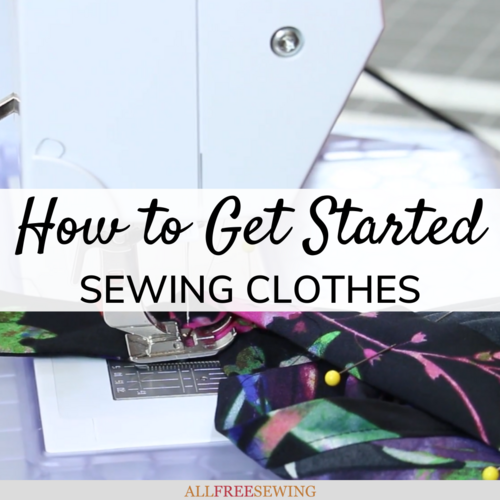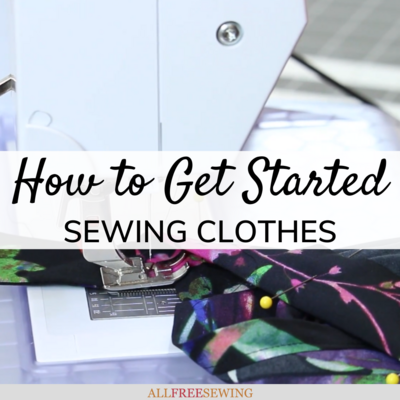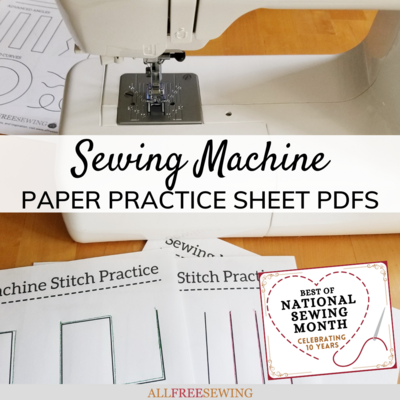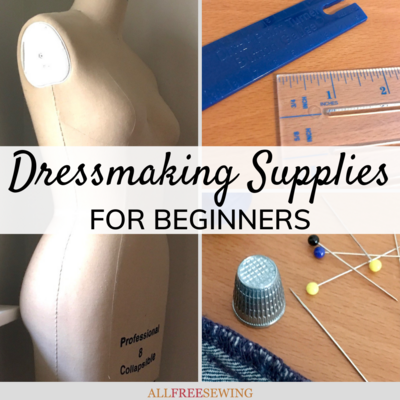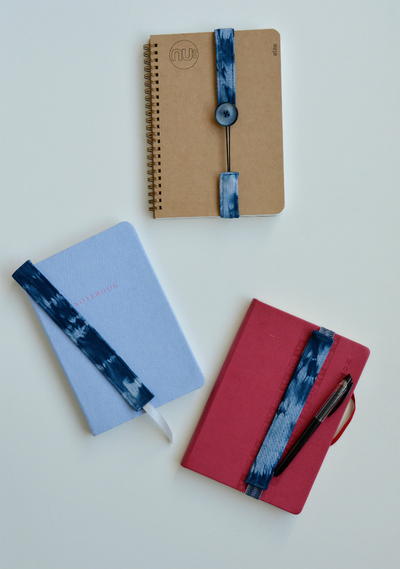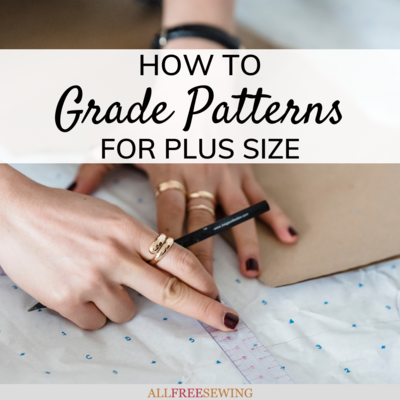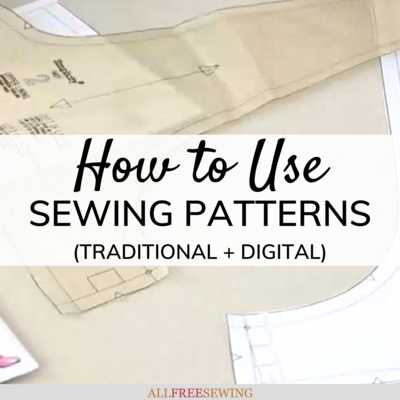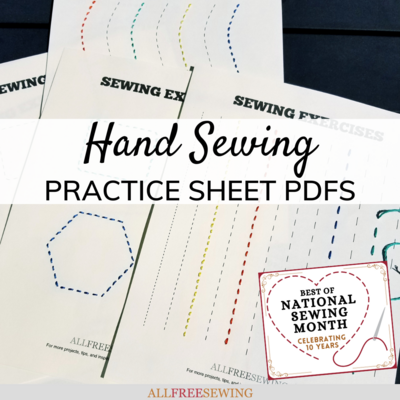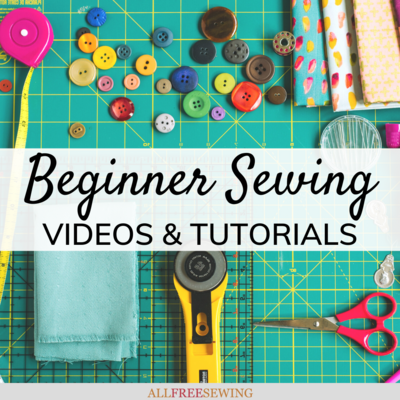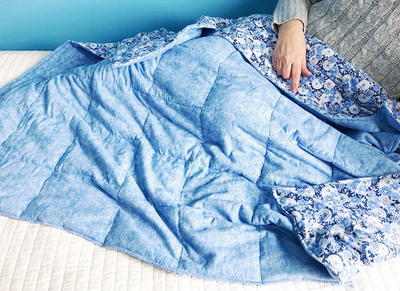How to Get Started Sewing Clothes: A Beginner's Guide
Finally, a beginner's guide to making your own clothes! Get started sewing DIY clothing today!
Have you wanted to start sewing clothes yourself? Making clothing (for yourself or others) is an amazing skill to have, and can be so rewarding and fun!
Picking the perfect fabric, adding or avoiding certain features, and customizing it to your shape and size are just a few of the reasons why you should learn to sew garments.
If you want to see how to start sewing clothes but don't know exactly how then this How to Get Started Sewing Clothes guide is for you! Find more projects like this during our National Sewing Month celebration, too!
This is the ideal guide for a sewing beginner, as this advice will have you prepared for when you start sewing clothes. Here are some tips to get you on the right path for sewing garments from start to finish.
Sign Up for Free Patterns
First: How to Choose a Sewing Machine
Before we get to the tips to help you learn how to start sewing your own clothes, do you have a sewing machine? If you have yet to get one or want to upgrade your current machine, this video tutorial is a must-watch.
There are so many factors to consider when looking at sewing machines. Not only are there many respectable (and not so respectable) brands but there are different levels and accessories to look at.
Find out what to look for when choosing a sewing machine and then you'll be better suited for the next steps in mastering all things sewing.
Stock Up on Must-Have Sewing Supplies
The proper supplies and tools are essential for success in sewing clothing. You don’t have to go out and spend a fortune, but I recommend getting well-made (not flimsy) supplies that will last for many years. There are basic tools which you will need for almost all garment sewing.
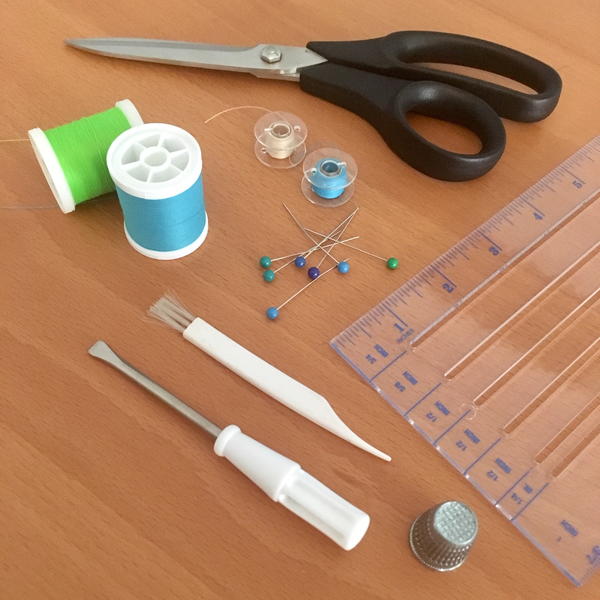
Essential Sewing Supplies:
- fabric scissors
- hand-sewing needles
- pins
- pin cushion
- measuring tape
- ruler (I prefer the clear ones for dressmaking)
- seam ripper
- fabric chalk or pen
- thimble
- interfacing material
- iron and ironing board
- thread (all-purpose works well for most projects)
- sewing machine lint brush
- sewing machine screwdriver
- extra bobbins
- rotary fabric cutter tool (and cutting mat)
- seam sealant
- small scissors
Get to Know Your Sewing Machine
Before you start sewing a garment together, take time to practice on your sewing machine - especially if it’s new or at least new to you. So much of sewing is knowing the correct sounds your machine will make when it’s in use.
If your thread gets stuck or something else goes wrong, you should be able to actually hear it happening and know from experience. Practice on your machine by sewing sample swatches and test garments, adjusting the tension and stitch lengths to get a feel for your machine.
If you aren't sure how to solve your machine's problem, check out our page, 9 Common Sewing Machine Problems and Solutions to help you figure it out.
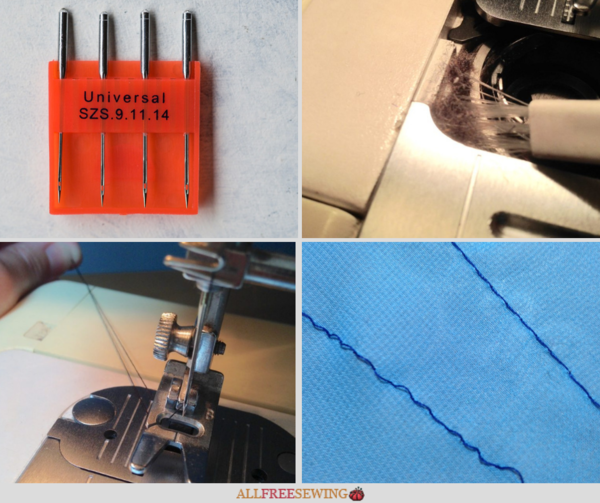
Pick the Right Materials
From your fabric to your thread, the kind of materials you are using is important. Some fabrics are better for certain kinds of garments than others, in both look and handling ability.
Picking wisely will save you a lot of frustration. For instance, a netted tulle wouldn’t be the best choice for a t-shirt dress, so go with a cotton jersey. Some materials also do not pair well when sewn together, especially if they are of drastically different textures and thicknesses.
If you are making a toile (a sample garment created before using your final material), pick a muslin-type fabric that is as close to your more expensive material as possible.
The practice fabric should be of a similar thickness and weight as that from which you will make your garment. Try to get it as close as possible, but don’t stress if you can’t find an exact match! For example, if it’s a unique fabric like lace, you can make your toile from an inexpensive lace to practice rather than a cotton material.
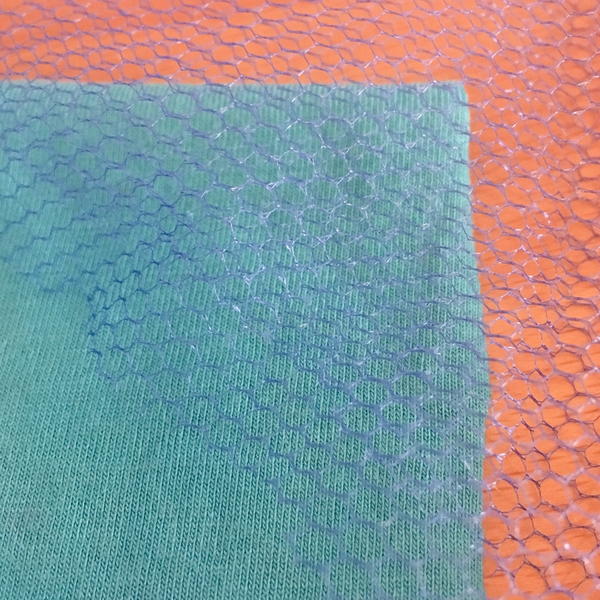
Learn the Basics of Sewing Patterns
There are two main kinds of patterns for making clothing: traditional paper and digital downloads. Paper patterns are still very popular, and there’s something so fun about picking out a style from the books at the fabric store! After purchasing the pattern, unfold and smooth the tissue paper it’s printed on across your workspace.
To pick a clothing size on the pattern, follow the same style of printed lines all around, then cut it out once you're sure of which lines you need to include. Then you can pin it to your fabric with all of the pieces facing the same direction (along the grain of the fabric). Learn how to read a sewing pattern here.
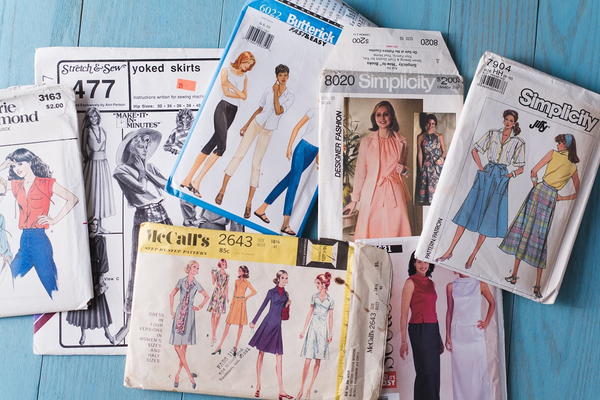
Patterns have come a long way, and are now widely available online to purchase and download in a PDF file on your computer. Some websites even have clothing patterns that are free! Once you’ve downloaded the pattern you have to print it out.
Most likely you’ll be using a home printer, so the pages will be letter-sized. These sheets should be arranged and taped together according to notches on the pattern. Then you can cut out the clothing size you’d prefer for your garment (like a store-bought paper pattern).
One advantage of digital patterns is that you can print them out again if you make a mistake, cut it out too small, or decide to make it again later on.
Always be sure to print at the "actual size" (100%) and not scaled down which can throw off the measurements. Many digital downloads include a scaling tool on the pattern to place your ruler against to double-check.
To learn more about different types of sewing patterns, check out this video right below for Digital and Traditional Sewing Patterns.
Cut Fabric Properly
Now that you've picked the fabric(s) and pattern to use for your sewing project, let’s go over some basics of cutting material. Using a pair of sharp fabric scissors (or a rotary cutter) is very important. Never try to cut cloth with paper scissors as they can break, and avoid using your fabric scissors on other kinds of materials.
Also, resist the urge to "air cut" fabric because it will not provide an accurate or clean edge (and can potentially be dangerous). An example is shown below.
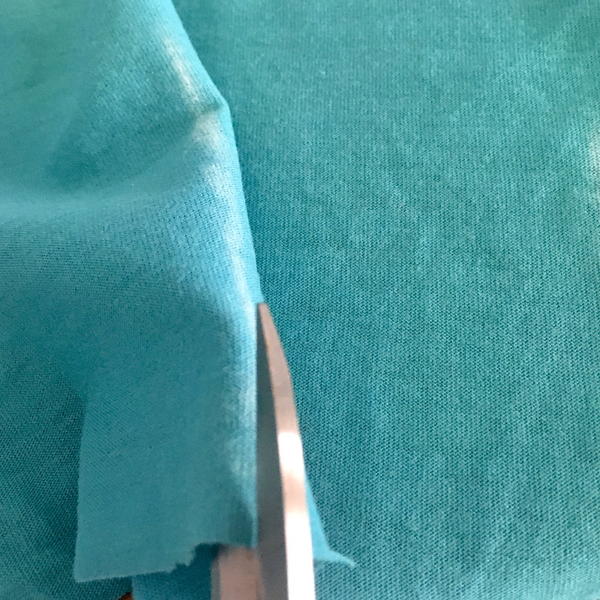
Instead, cut out the material on your table with the shears gently gliding along near the tabletop while you hold the fabric down with your other hand (an example is shown below).
Avoid only using the "tip" of the scissors, instead, making use of the whole cutting blade section. If you are using a rotary fabric cutter instead of scissors, work with a cutting mat below the material to protect your table. Whichever tool you choose, be sure not to trim the paper pattern as it can alter the shape and fit.
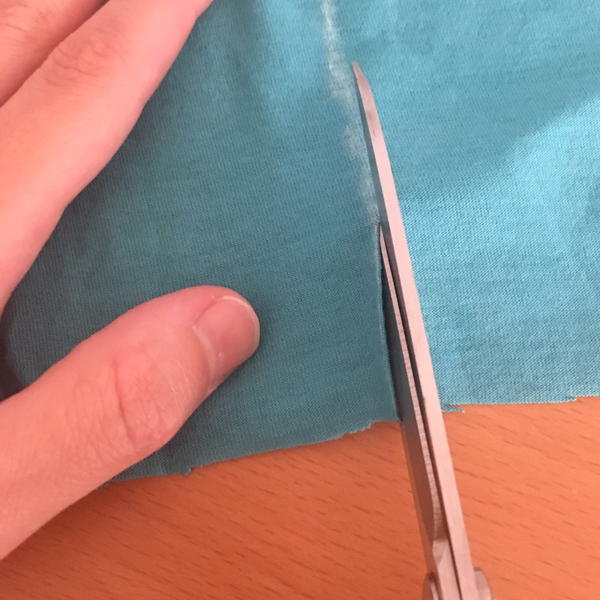
Use Straight Pins Correctly
After your fabric is cut out and ready to sew it should be pinned. This holds the pieces together, giving your stitching a more even look while avoiding unwanted wrinkles and folds in your seams.
In addition to your seam lines, darts should also be pinned where they will be sewn. It’s up to you whether to place your pins horizontally or vertically (see photos below). When pinning very thick fabric (like fake fur) it is usually easier to see the pins if they are inserted horizontally, but it’s really a matter of personal preference.
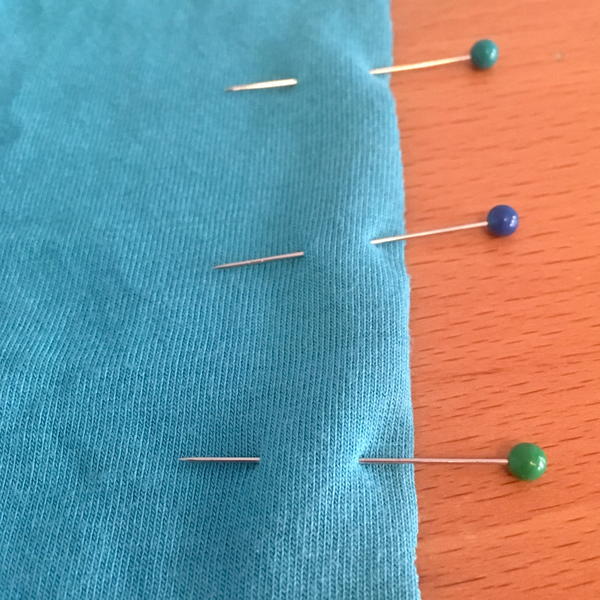
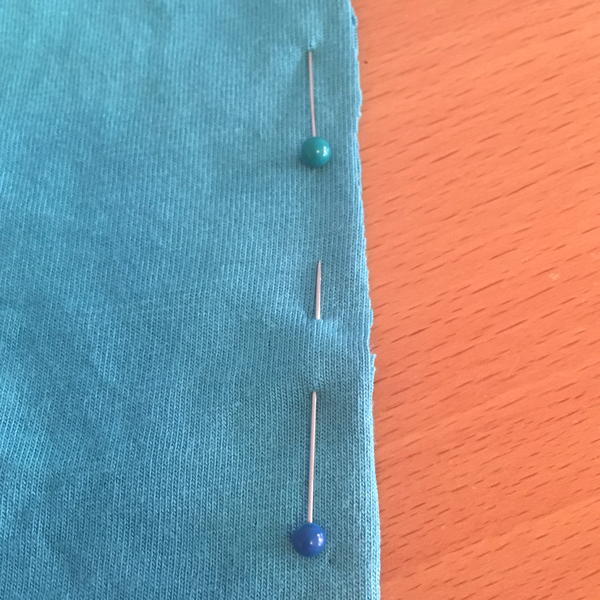
Some sewists like to use pins with the round balls on the end, while others prefer the kind without them. Whichever you choose is up to you! More important is the way you use your pins.
Never sew over pins, even if you’ve seen others doing so! This can not only bend the pins, but it can also break your needle or even damage the machine. Remove them just before you are going to sew over that part, being mindful to take all the pins out that you’ve used in your project. Counting the number of pins is an easy way to keep track of them.
Don't Forget! Double-Check Your Garment
Once you’ve finished sewing your garment it’s important to do a "quality control" check. Trim any loose threads, give it a final press with the iron, make sure the buttons are secure, etc. This will give your work a more professional look and save you from having to do repairs later.
Want More?
How to Make Homemade Clothes Look Professional >>
What's your favorite kind of clothing to sew? And what other supplies do you recommend to a beginner for sewing clothes?
Your Recently Viewed Projects
KLC
Nov 22, 2019
It always seems so intimidating but this guide makes it easy to understand and get started. Thanks!
Report Inappropriate Comment
Are you sure you would like to report this comment? It will be flagged for our moderators to take action.
Thank you for taking the time to improve the content on our site.

